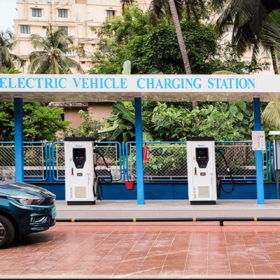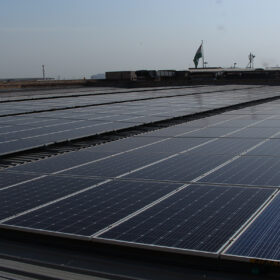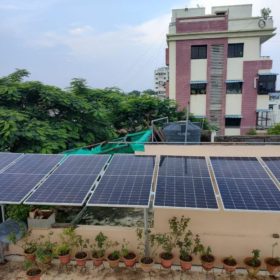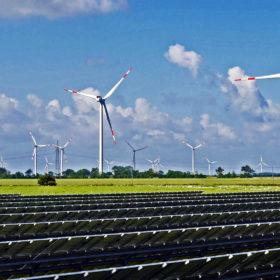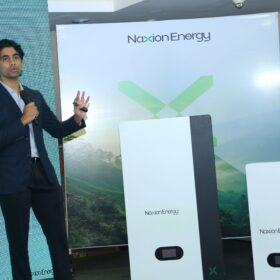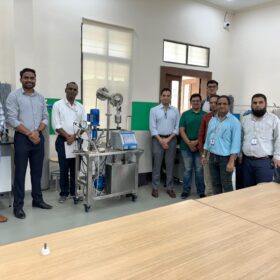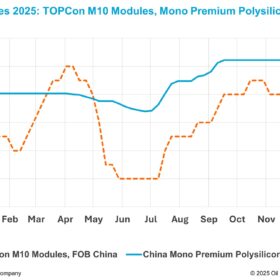Annual EV sales in India surpassed 1.2 million in FY 2023
Uttar Pradesh led the yearly electric vehicle sales with a 15.15% share of the cumulative 1.2 million units sold in FY 2022-23. It was followed by Maharashtra (12.72%) and Karnataka (9.14%).
Amplus led ‘Opex’ mode rooftop solar installations in 2022
Amplus accounted for around 26% of the overall Opex mode rooftop/on-site solar installations in India during CY 2022, according to a report by JMK Research and Analytics.
India could become world’s second-largest solar manufacturer by 2026
India’s solar module manufacturing capacity could reach 110 GW by 2026. It will also have a notable presence in all upstream components of PV manufacturing, such as cells (59 GW), ingots/wafers (56 GW), and polysilicon (38 GW).
Solar installations to surpass 16 GW in 2023: JMK Research
JMK Research analysts expect India to add 14 GW of new utility-scale solar capacity and 2.8 GW of rooftop (onsite) PV in the twelve months ending December 31, 2023.
India surpassed one million EV sales in 2022
Electric vehicles (EV) sales in India soared 212% year-on-year to surpass one million mark in 2022.
India installed about 14 GW of solar in 2022
India installed 13,956 MW of new solar capacity from January to December. This included 11.3 GW of utility-scale PV, about 1.9 GW rooftop, and nearly 700 MW off-grid/distributed.
India installed 11.2 GW of solar in first nine months of 2022
The nation installed 9.3 GW of utility-scale solar, 1.3 GW of rooftop arrays, and 0.6 GW off-grid PV projects from January to September this year.
India’s residential rooftop solar capacity expected to rise by 60% this fiscal year
India’s cumulative residential rooftop solar capacity may rise by 60% to reach 3.2 GW by March 31, 2023 driven by rising consumer demand coupled with strong government support.
India installed 1.9 GW of ‘open-access’ renewables in FY 2021-22
India has surpassed 10 GW of overall renewables capacity installed for offtake through open access.
India installed 8.4 GW of solar in H1
India is expected to install 20 GW of new solar capacity in 2022, according to JMK Research.
